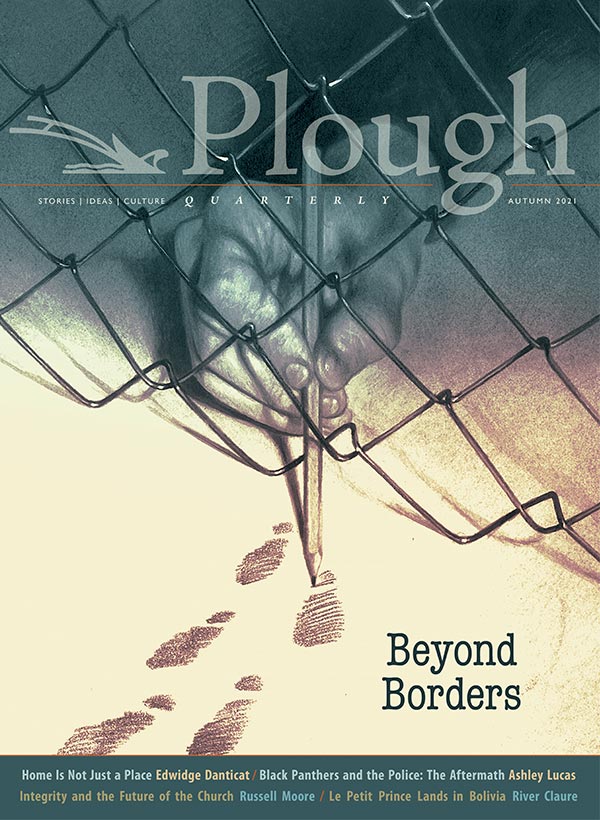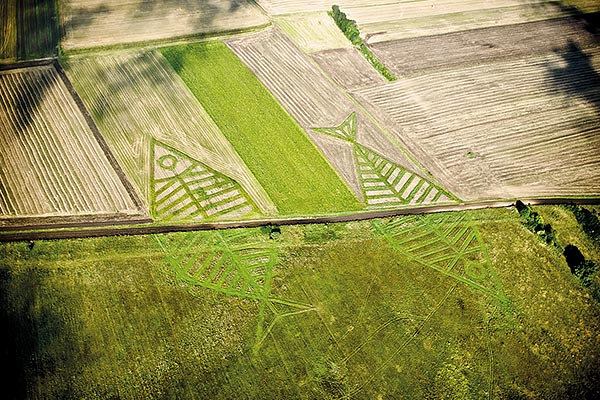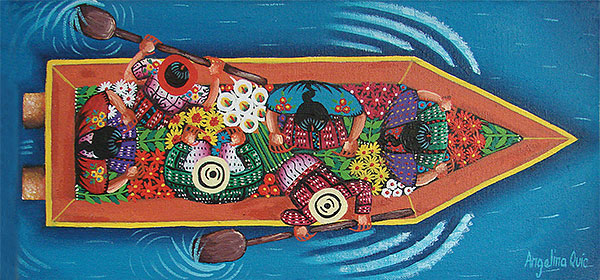Subtotal: $
Checkout-

Choosing America
-

Church as Sanctuary and Shelter
-

Northern Ireland’s New Troubles
-

When Migrants Come Knocking
-

The Florentine Option
-

Three Kants and a Thousand Skulls
-

The End of Rage
-

Telling a Tale of Two Fathers (Video)
-

Home Is Not Just a Place
-

The Quest for Home
-

In Search of Lost Fig Trees
-

Child of the Stars
-

Refugee Letters
-

Life in Zion
-

How to Run a Cemetery
-

Integrity and the Future of the Church
-

Daring to Follow the Call
-

Poem: “For the Celts”
-

Poem: “Wreathmaking”
-

Poem: “The Hunger Winter, 1944–5”
-

Editors’ Picks: “The Cult of Smart”
-

Editors’ Picks: “The Utopians”
-

Editors’ Picks: “The Lincoln Highway”
-

Casa de Paz
-

The Pilsdon Community
-

Forum: Letters from Readers
-

Nonexistence Does Not Scare Me
-

Toyohiko Kagawa

At surface level, the word border might evoke a classroom map, all bright colors and bold dividing lines. But zoom closer in, and more insidious borders can be traced between races, classes, and social groups; the razor edges of political divides, of religious demarcations, or even the rifts over opinion and belief that arise between ourselves and our next-door neighbors.
Such borders may be invisible to the eye, but they are no less real. For the cover artwork of the Autumn 2021 issue of Plough we looked for an image which would not ignore the barriers that exist, but rather acknowledge that we can – and must – go beyond them to connect with others.
The cover image we chose, by Albanian-born artist Agim Sulaj, depicts what is clearly a chain-link fence – a border – but also a person who has found a creative way to go beyond. The presence of the human hand reminds us that the act of reaching out across the divide is a step taken by individuals, and is not contingent on new governments, better laws, or improved social structures.

Another View
Jarosław Koziara of Jędrzejów, Poland, created the land artwork Free Flow on the Polish-Ukrainian border in the vicinity of two towns, Horodyszcze (Poland) and Warez (Ukraine). He describes the project: “Several hundred meters of lines forming the shape of two fish were tractor-plowed and planted with phacelia seeds on a field divided by the state border. The giant fish symbolically and physically cross the border. Traditionally perceived as a line of conflict and division, the border here runs across the picture. The fish mend a tear in the green caused by an artificial, manmade territorial division.”

Jarosław Koziara, Free Flow, land artwork, 2017. Used by permission.
Back Cover
Canoe Overhead is by Angelina Quic Ixtamer, an artist from San Juan La Laguna on Lake Atitlan, Guatemala. She was the first woman from her village to take up oil painting, facing opposition from other women who believed painting to be exclusively for men. Her beautiful “bird’s eye view” paintings depict her experience of everyday Mayan life – markets and market boats, field workers and weavers. In addition to painting, Angelina's passions include singing and participating in her church.

Angelina Quic Ixtamer, Canoe Overhead, oil on canvas, 2017. Used by permission, with thanks to Lynn Persson. More information at terraexperience.com and terradollclothes.com.
Already a subscriber? Sign in
Try 3 months of unlimited access. Start your FREE TRIAL today. Cancel anytime.






































